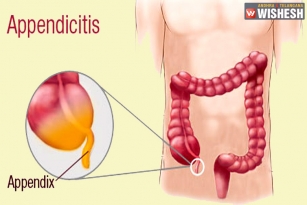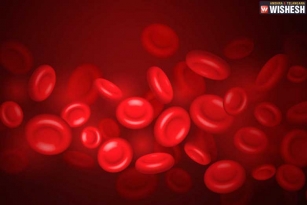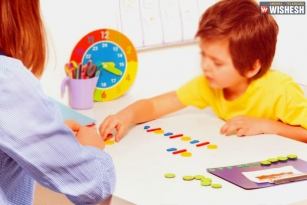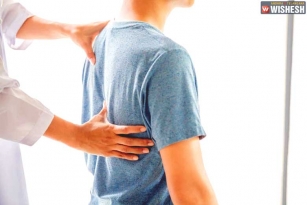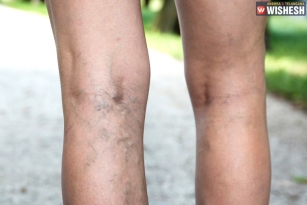
Different Types Of Skin Disorders, Symptoms And Treatment:- Your skin, the body’s biggest organ protects you from the elements-but while it is tough, it is not impenetrable. A few of the forces that can trigger or exacerbate skin troubles are allergens, environmental irritants, infection, hereditary factors, and stress.
To describe various skin problems, from small red bumps on the skin to widespread rashes, the terms “skin condition” and “skin disorder” are used interchangeably. Some skin conditions can be unsightly but harmless, while others may be contagious. Many skin conditions are also itchy or painful.
When allergens such as certain foods, animal dander, wool, or soaps trigger an immune system response, such as redness and itching, the allergic skin conditions occur. The skin issues can also develop due to viruses, fungi, bacteria, or parasites. Some skin problems have a genetic component. For example, eczema, which causes weeping, blister-like rashes, is more common in allergy-prone families.
Doctors typically consider a person’s medical history and physical symptoms, to diagnose skin conditions. Assessing the size, shape, location, and color of bumps, blisters, and rashes can help doctors pinpoint the exact cause. Other non-skin symptoms may offer clues as well. For examination under a microscope, doctors sometimes must remove a growth or take a skin sample for examination.
Symptoms Of Skin Conditions
Your skin can be a reflection of your overall health, and as such, changes in color, texture, or appearance may signal trouble. Inflammation of the skin is a common symptom of skin disorders, such as psoriasis and eczema.
Red splotches on the skin may be a sign of contact dermatitis (an itchy rash triggered by an allergen, such as nickel, the metal found in some jewelry). Red blotches on the face may rosacea, a common skin problem that can be mistaken for acne.
Tiny red dots on the skin, called petechiae, occur when the smallest blood vessels in the body, called capillaries, bleed into the skin. Petechiae can be a sign of certain infections, medical conditions, or physical trauma.
Impetigo, a skin infection that usually affects children, shows small red spots on the face that turn into skin sores that ooze and crust are the symptoms.
Common Signs Of Skin Conditions
- Itch
- Swelling
- Redness
- Rash
- Flaky, scaly skin
- Blisters
- Oozing
- Bumps or growths
Treatment For Skin Disorders
Many options are available for treating skin disorders. Depending on the type of skin condition you have, its symptoms, and the severity of these symptoms, the choice depends generally.
Ointments, creams, sprays, gels, and other treatments applied directly to the skin are commonly recommended. In some cases, doctors may prescribe oral or injectable medicines. Some more stubborn skin conditions may require a multi-prolonged approach. For example, someone with psoriasis or severe eczema may be prescribed steroid ointments or creams to reduce inflammation, topical coal tar products for itch relief, and light therapy to clear up rashes.
Skin cancer or warts may require surgery.
Common Skin Condition Treatments
- Non-steroidal anti-inflammatory drugs (NSAIDs)
- Antivirals
- Antifungals
- Antihistamines
- Corticosteroids
- Light therapy
- Surgery
Most Common Skin Disorders
1) Acne

When oil and dead skin cells clog the pores, acne occurs. The pimples under the skin’s surface that erupt with a white center are called whiteheads, while pimples exposed to air (called blackheads) look black. Other skin blemishes, including pink bumps; red, pus-filled pimples; nodules; or cysts, may form. The areas where acne usually appears are on the face, back, neck, chest, and shoulders. Teens are more prone to getting acne. Bacteria and inflammation can play a role in determining when pimples crop up, as can changes in hormones (they trigger excess oil production, resulting in clogged pores). Topical treatments and other medicines can help unclog pores and prevent new breakouts.
2) Skin Cancer

The non-melanoma skin cancer frequently affects sun-exposed areas, including the head, face, neck, hands, and arms. There are two types of nonmelanoma skin cancer, including basal cell carcinomas (they may be dome-shaped with visible blood vessels and can look like open sores that which do not heal) and squamous cell carcinomas (they may form a crusty lump on the skin or rough, scaly patches that sometimes bleed). Melanoma (above), the most dangerous type of skin cancer, may cause dark spots, changes in moles, or a bruise that does not heal. Depending on what type of skin cancer you have and how severe it is, treatment can include surgery, radiation, and chemotherapy.
3) Cold Sore

Cold sores are tiny, painful, fluid-filled blisters that often appear in clusters on or around the lips. They are a viral infection and contagious. People may experience a tingling sensation in the affected area before a breakout. Cold sores (which are also called fever blisters) are caused by type 1 of the herpes simplex virus. (Type 2 of this virus affects the genital area.) There is no cure for cold sores, but antiviral medications can speed recovery.
4) Lupus

Some people with lupus have a variety of symptoms, ranging from fatigue to joint pain, while others have only skin symptoms. A butterfly-shaped rash across the face is a classic symptom of lupus. Some people can also have raised, disc-shaped red patches on sun-exposed areas. Lupus is an autoimmune condition, meaning the body attacks its own tissues and organs. It is more common in women than men. The treatment can improve the symptoms and prevent flare-ups. But, there is no cure for lupus.
5) Warts

Common warts are bumpy skin growths that usually appear on the hands. Foot warts (plantar warts) on the soles of the feet tend to be hard, and can be painful when you walk on them. Tiny black dots that look like seeds (actually dried blood from tiny blood vessels) may appear on the surface of warts. They are caused by the human papillomavirus and can be contagious. Warts often go away on their own, particularly in kids. A doctor can remove painful or bothersome warts using peeling medicines, acids, or freezing.
6) Eczema

Eczema is a dry, itchy skin condition. The most common type (atopic dermatitis) usually occurs in childhood. Commonly, kids with atopic dermatitis develop a red rash on their face, scalp, hands, or feet. Elbows and knees may be affected. Other types of eczema affect adults and may cause blistering. Eczema may be chronic, but it is not contagious. It tends to be more common in families with asthma and allergy. Medicines to relieve itch and inflammation and prevent flare-ups, are part of the treatment.
7) Shingles

Shingles is a painful, blistering rash caused by the varicella zoster virus that wraps like a band across one side of the face or body. It only affects people who have previously had chickenpox. The first signs of shingles include skin sensitivity, itching, tingling, or pain. Days later, a rash of tiny fluid-filled blisters develops. Shingles is not passed from person to person, but people with shingles can give other people (usually children) chickenpox. Shingles is treated with antiviral medicines.
SUPRAJA


